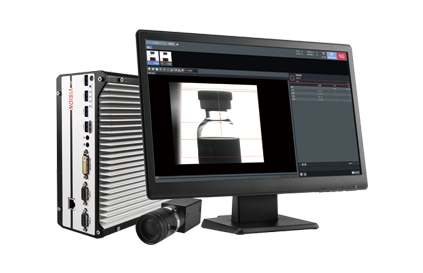Machine Vision Lighting techniques
|
Illumination |
Structure |
|
Bright
field light Light
is aimed directly at an object, often creating distinct shadows. This type of lighting is effective when
used on objects requiring high degrees of contrast, but creates specular
reflections when used with shiny or reflective materials. |
|
|
Dark field
light Light
is projected at an angle to the surface, causing any variations to deflect
light up into the camera, creating bright spots on a dark background or
field. Nothing is seen by the vision
system if there are no aberrations on the surface. |

|
|
Back
Lighting An even
field of illumination is projected from behind an object, which is seen as a
silhouette by the camera. Backlighting
is most commonly used for taking measurements or determining part
orientation. |

|
|
Diffuse
Light: (Dome/Tunnel) Reflected light, providing a
non-directional, soft illumination free of harsh shadows that is well suited
for highly specular objects. This
illumination effect is similar to the type of light found on an overcast day. |

|
|
Co-Axial
Illumination: A variation of diffuse light
in which light is aimed at an angled beam splitter that reflects the light
down. The object is viewed from above
through the beam splitter. This light
type is particularly helpful on highly reflective objects or in situations
where the area of inspection is obscured by shadows from its surroundings. |

|
|
Each light type has a
specific purpose, but is also adaptable for a range of applications not
immediately related to its function. For example, a spotlight, which provides
bright field illumination, can be placed at an angle to create a dark field
effect. For some applications, the
best results are achieved by combining multiple light types. |
|




